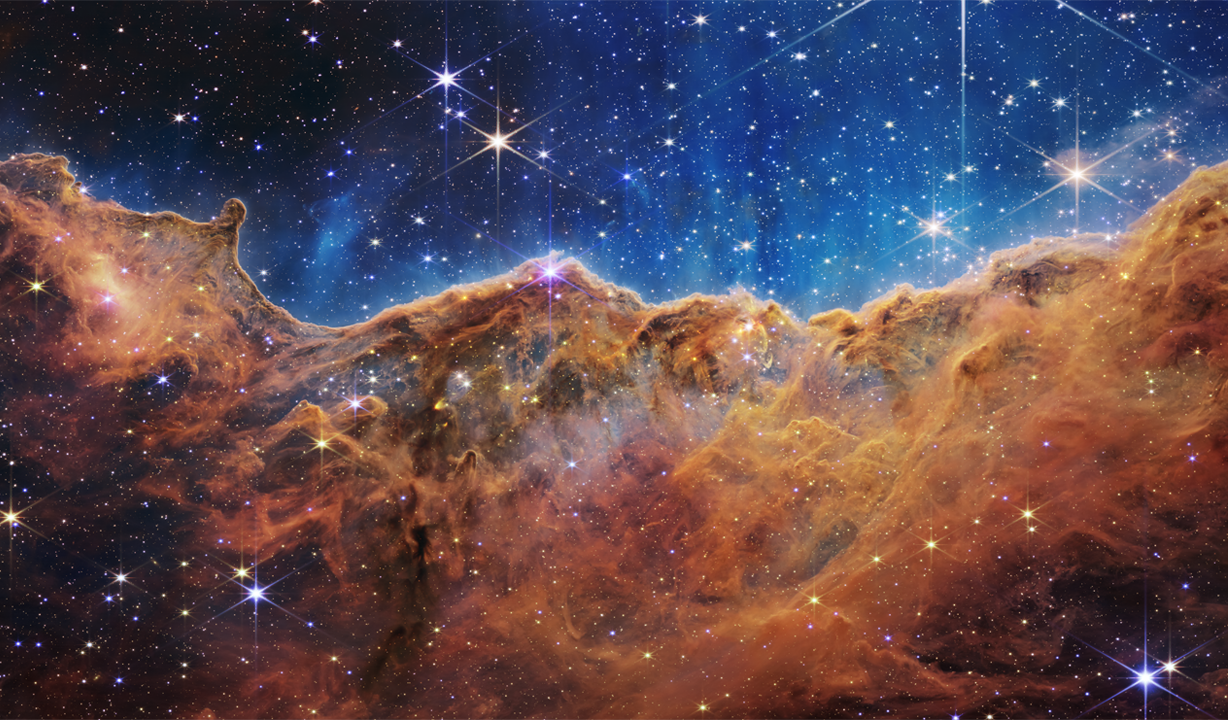More on design found in the universe…

Today, our deepest understanding of the laws of nature is summarized in a set of equations. Using these equations, we can make very precise calculations of the most elementary physical phenomena, calculations that are confirmed by experimental evidence. But to make these predictions, we have to plug in some numbers that cannot themselves be calculated but are derived from measurements of some of the most basic features of the physical universe. These numbers specify such crucial quantities as the masses of fundamental particles and the strengths of their mutual interactions. After extensive experiments under all manner of conditions, physicists have found that these numbers appear not to change in different times and places, so they are called the fundamental constants of nature.Since physicists have not discovered a deep underlying reason for why these constants are what they are, we might well ask the seemingly simple question: What if they were different? What would happen in a hypothetical universe in which the fundamental constants of nature had other values?
There is nothing mathematically wrong with these hypothetical universes. But there is one thing that they almost always lack — life. Or, indeed, anything remotely resembling life. Or even the complexity upon which life relies to store information, gather nutrients, and reproduce. A universe that has just small tweaks in the fundamental constants might not have any of the chemical bonds that give us molecules, so say farewell to DNA, and also to rocks, water, and planets. Other tweaks could make the formation of stars or even atoms impossible. And with some values for the physical constants, the universe would have flickered out of existence in a fraction of a second. That the constants are all arranged in what is, mathematically speaking, the very improbable combination that makes our grand, complex, life-bearing universe possible is what physicists mean when they talk about the “fine-tuning” of the universe for life.
The universe we happen to have is so surprising under the Standard Model because the fundamental particles of which atoms are composed are, in the words of cosmologist Leonard Susskind, “absurdly light.” Compared to the range of possible masses that the particles described by the Standard Model could have, the range that avoids these kinds of complexity-obliterating disasters is extremely small. Imagine a huge chalkboard, with each point on the board representing a possible value for the up and down quark masses. If we wanted to color the parts of the board that support the chemistry that underpins life, and have our handiwork visible to the human eye, the chalkboard would have to be about ten light years (a hundred trillion kilometers) high.
Another approach to the fine-tuning problem comes from the discipline of cosmology, the study of the origins and structure of the universe.
Some of our theories of the very earliest states of our cosmos may imply that we live in a large, variegated “multiverse.” Further, some theories that extend the Standard Model show how the constants could be shuffled in the early universe. But the physics of the multiverse hypothesis is speculative, as is its extrapolation to the universe as a whole. And there is no hope of direct observations to verify these ideas and help turn them into mature scientific theories.
Is this science? On the one hand, multiverse hypotheses are physical theories that make predictions about our universe, namely, about the constants of nature. These constants are exactly where our current theories run out of ideas, so coming up with a theory that would predict them, even as a statistical ensemble, would be an impressive achievement. On the other hand, the main selling point for multiverse theory — all those other universes with different fundamental constants — will forever remain beyond observational confirmation.
Naturalism is not the only game in town when it comes to explaining why some law of nature might be the ultimate one. Its competitors include axiarchism, the view that moral value, such as the goodness of embodied, free, conscious moral agents like us, can explain the existence of one kind of universe rather than another; or, in the words of John Leslie, the theory’s chief proponent, it is “the theory that the world exists because it should.” Theism is another alternative, according to which God designed the universe and its fundamental laws and constants. These two views can trim the list of candidate explanations of the fundamental laws of nature, heavily favoring those possible universes that permit the existence of valuable life forms like us. By suggesting that fundamental physical principles are calibrated to make the existence of beings like us possible, investigations into fine-tuning seem to lend support to these kinds of theories. A full appraisal of their merits would also need to consider their relative simplicity, and other aspects of human existence, such as goodness, beauty, and suffering.
Facts can be special to a theory. That is, they can be special because of what we can infer from them. Fine-tuning shows that life could be extraordinarily special in this sense. Our universe’s ability to create and sustain life is rare indeed; a highly explainable but as yet unexplained fact. It could point the way to deeper physics, or beyond this universe, or even to principles beyond the ultimate laws of nature.
https://www.thenewatlantis.com/publicat … tures-laws
https://debatingchristianity.com/forum/viewtopic.php?p=1093457#p1093457
